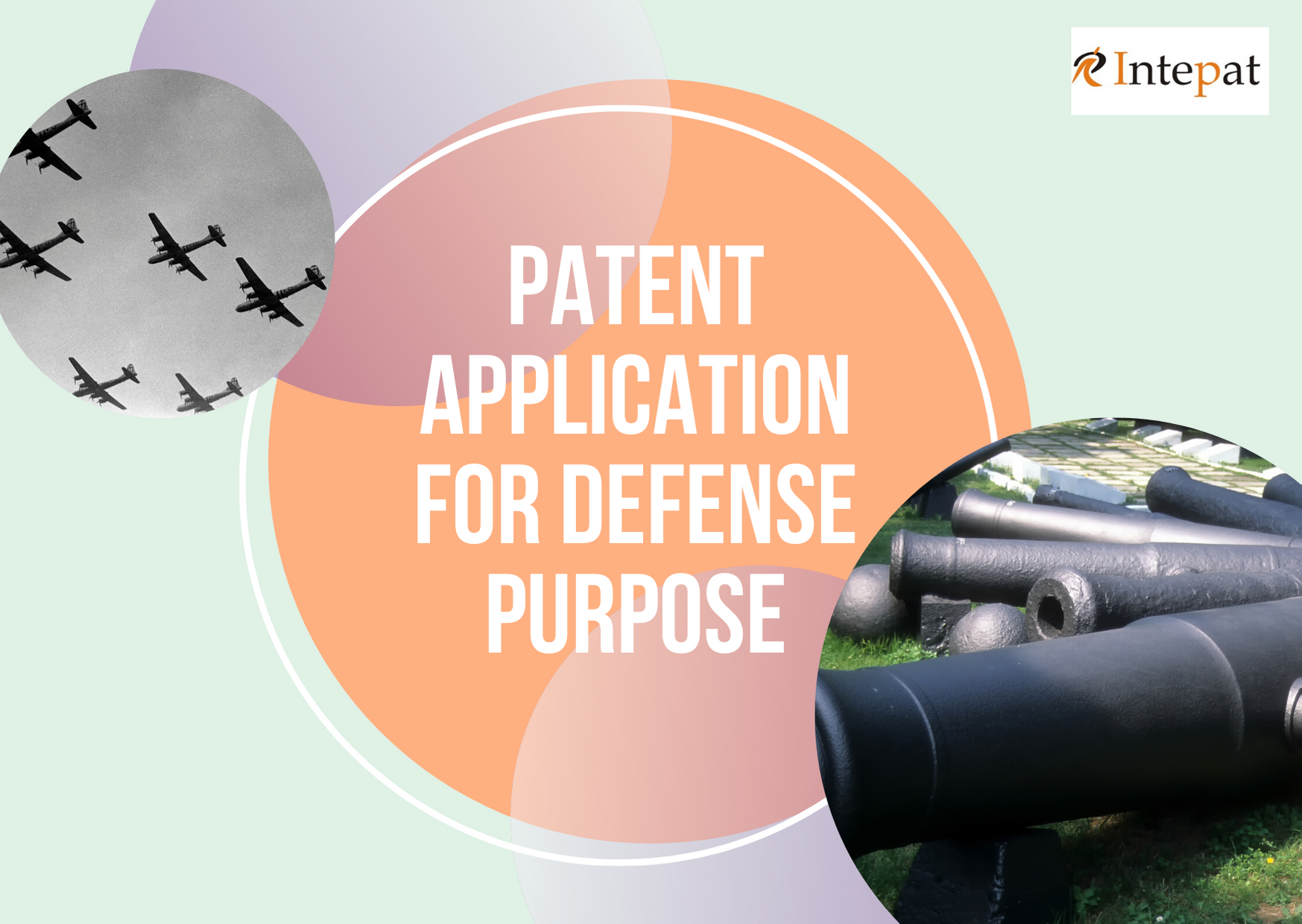Intellectual Property Rights are actively involved in the protection of inventions and the rights of the inventors supporting the growth and development of a country. The unbiased, secure system of IPR encourages inventors to go in public regarding their inventions, thereby generating income and also aiding the social and economic welfare of our country. India has always tried to understand the significance of IPR in various sectors and worked towards its effective management for maximum profits. However, this is not the case in the defense sector. National security is considered important than any other economic gain.
Obtaining IPR for defense-related works raises concerns such as IPR management during defense R&D related developments, handling confidential technical information, IPR protection of strategic nuclear and dual-use applications, etc. We are here to throw light on the regulations for a patent application for defense purposes in India.
What happens in filing a defense-related patent?
All patent applications undergo thorough screening at the patent office to identify patents that come under the category of defense as notified by the Central Government.
In the Patent Act, 1970, section 157A was introduced by the amending Act of 17 of 1999, w.e.f 1.1.1995 for protection of the “security of India.” The expression security of India involved the following actions:
-related to fissionable materials or the materials from which they are derived; or
-related to the traffic in arms, ammunition, and implements of war and to such traffic in other goods and materials as is carried on directly or indirectly for the purpose of supplying a military establishment; or
-taken in time of war or other emergencies in international relations.
On identifying defense patents, a secrecy direction is imposed on them, and the application is sent to the defense authorities for further assessment. The Government can impose the secrecy direction on the application permanently or keep it active until revoked by the Government itself. Once the secrecy direction is issued, the patents will not be available for the public and also cannot be published under section 11. On complete examination, the application may move to the stage of granting a patent, but the work will not be published. Finally, no patent will be awarded according to the provision in section 37.
Can Indian residents file patents outside India?
Under section 39 of the Indian Patent Law, any Indian resident willing to file a patent outside India should obtain prior permission from the patent office. Section 39 states that:
“Residents not to apply for patents outside India without prior permission.—(1) No person resident in India shall, except under the authority of a written permit sought in the manner prescribed and granted by or on behalf of the Controller, make or cause to be made any application outside India for the grant of a patent for an invention unless —
(a) an application for a patent for the same invention has been made in India, not less than six weeks before the application outside India; and
(b) either no direction has been given under sub-section (1) of section 35 in relation to the application in India, or all such directions have been revoked.
(2) The Controller shall dispose of every such application within such period as may be prescribed: Provided that if the invention is relevant for defense purpose or atomic energy, the Controller shall not grant permit without the prior consent of the Central Government.
(3) This section shall not apply in relation to an invention for which an application for protection has first been filed in a country outside India by a person resident outside India.”
The Indian resident has to first file for a patent application in India and wait for six weeks before filing outside India. Or else, one can speed up the process by submitting for Foreign Filing License (FFL), and after receiving FFL, you can file a Patent Cooperation Treaty (PCT) application. But, if there are secrecy directions issued, there will be a delay in receiving FFL. According to section 36, if secrecy direction is issued for an application, the applicant can wait for it to be reviewed by the Central Government or request for reconsideration.
This stringent law ensures that no defense-related works can be made public without proper scrutiny.
A word to defense-related inventors
Inventors working on defense-related works must have a selfless attitude and always bear in mind the probability of Government issuing secrecy direction to their work. They must rest assured that imposing secrecy direction does not grab the patent right from them. The ‘march in right’ power of the Central Government over their research is only for ensuring the security of our country.
There is no hindrance for the inventors in enjoying financial benefits from the Government for using their inventions. The inventors are also entitled to a grant of solatium from the Central Government if they are believed to have suffered any hardship due to the imposition and continuation of secrecy directions.
Our latest defense procurement policy of 2013 prefers to procure, design, and develop defense equipment within the country. This policy will provide adequate support for inventors doing defense-related works and bring them to light.
It would be great if inventors would make use of this opportunity and work for the greater good of the nation.




